
Custom Mylar bags have gained popularity as a packaging option across industries because of their adaptability, longevity and effectiveness in preserving product freshness. Whether you are packaging food items, beauty products or other goods the proper filling and sealing of these bags is crucial to uphold product quality and meet customer expectations.
In this guide we will provide expert advice on filling and sealing custom Mylar bags to make the most of their advantages.
Understanding Custom Mylar Bags
Before delving into the filling and sealing procedures it is essential to grasp why Mylar bags stand out as a top notch packaging selection. Constructed from stretched polyethylene terephthalate (PET) Mylar bags boast barrier properties against oxygen, moisture and light. These characteristics render them perfect for safeguarding the freshness and quality of products.
1. Opt for the Correct Bag Size
The initial step in preparation involves selecting the bag size. It is important to choose a bag that's sufficiently spacious to accommodate your product while allowing ample room, for sealing. Over-filling may cause sealing complications whereas under-filling can give off a look.
2. Maintain Cleanliness and Hygiene in Your Workspace
Ensuring that your workspace is clean and sanitized is vital to prevent any form of contamination. Make sure to clean all surfaces, tools and equipment that will touch the product and packaging for food items and other consumables.
3. Get Your Tools and Materials Together
Having the tools and materials will make the filling and sealing process smoother. Important items include;
- Scoops, funnels or automated fillers, for filling
- Heat sealer or vacuum sealer
- Gloves
- Measuring tools
- Labels and equipment for labeling
4. Choose the Filling Method
Different products may require different filling methods;
- Manual Filling; Suitable for small scale operations or delicate items like herbs.
- Funnel Filling; Ideal for powders or granular products to avoid spills.
- Automated Filling Machines; Great for large scale operations to speed up filling with consistency.
5. Don't Overfill
Avoid overfilling Mylar bags as it can affect sealing quality and barrier properties. Leave some space (1 - 2 inches) at the top of the bag, for a seal. This space, at the top is important for securing the contents and preventing spills while working.
6. Ensure Equal Distribution
If you have products that need to be distributed, like mixes or blends gently shake or tap the bag after filling it to settle everything inside. This action helps prevent air pockets and makes sure that the product is spread out evenly which is crucial for both quality and presentation.
7. Select the Appropriate Sealing Technique
There are ways to seal Mylar bags each with its benefits;
- Heat Sealing; This technique uses heat to melt and seal the bags opening creating an airtight closure. Heat sealers are available in types, including sealers and constant heat sealers.
- Vacuum Sealing; Vacuum sealers eliminate air from the bag before sealing it offering a layer of protection against oxidation. This method is especially helpful, for items.
8. Adjust Temperature and Time Properly
When heat sealing it's essential to set the temperature and sealing time based on the Mylar bags thickness and the type of heat sealer being used. Using a temperature that's too high can harm the bag while a temperature that is too low may lead to a seal.Make sure to check the heat sealers manual for the recommended settings.
9. Maintain a Consistent Seal
To ensure a seal ensure that the opening of the bag is flat and free, from any wrinkles or folds. Place the edge of the bag into the sealer evenly. Apply pressure. If using a vacuum sealer make sure that the bag is correctly aligned in the machines sealing channel.
10. Check the Seal
After sealing examine the seal for any gaps, wrinkles or areas that are not completely sealed. A sealed bag should have an uniform seal across its entire width. Test by pulling on the sealed edges to ensure they are securely sealed. If any problems are found, reseal or use a bag.
11. Labeling
Proper labeling is crucial for identifying products and complying with regulations. Include details such as product name, batch number, expiration date and any necessary regulatory information. Make sure labels are securely attached and easy to read.
12. Storage
Keep filled and sealed Mylar bags in a place away, from direct sunlight. Maintaining storage conditions will help preserve both the integrity of the bag and the quality of its contents.
13. Check For Faulty Seals
If you come across seals that are not properly sealed it's important to check the temperature and time settings of your heat sealer. Also make sure that the opening of the bag is clean and devoid of any leftover product residue that could disrupt the sealing process.
14. Check For Creases or Folds
Creases or folds, in the sealing area can compromise the bags ability to block out elements. Prior to sealing ensure that the edges of the bag are smooth and flat. Using a tool to flatten out the opening of the bag can help achieve a seal.
15. Ensure No Air Is Escaping
Air leakage may happen if the seal isn't airtight. When dealing with vacuum sealed bags ensure that the vacuuming process is fully completed before sealing. For heat sealed bags inspect for any gaps or weak spots in the seal and reseal as needed.
16. Utilizing Desiccants and Oxygen Absorbers
For products to moisture or oxygen damage consider placing desiccants or oxygen absorbers inside Mylar bags before sealing them. These additives can help preserve product quality and prolong shelf life.
17. Consider Double Sealing for Extra Security
To enhance security measures contemplate double sealing your bags by applying a seal above or below the initial one. This additional step serves as a layer of defense, against seal malfunctions.
18. Consider Batch Processing
In large scale operations batch processing can enhance efficiency. Utilize automated equipment to fill and seal bags simultaneously. This approach not speeds up the process. This also guarantees uniformity across all bags.
The process of filling and sealing Mylar bags is crucial, for maintaining product quality extending shelf life and ensuring customer satisfaction. By adhering to these suggestions you can ensure that your Mylar bags are filled and sealed accurately safeguarding the quality of your products and boosting your brands reputation.
Whether you're working on a scale or overseeing a production line employing the right techniques and tools can significantly impact achieving professional top notch packaging.
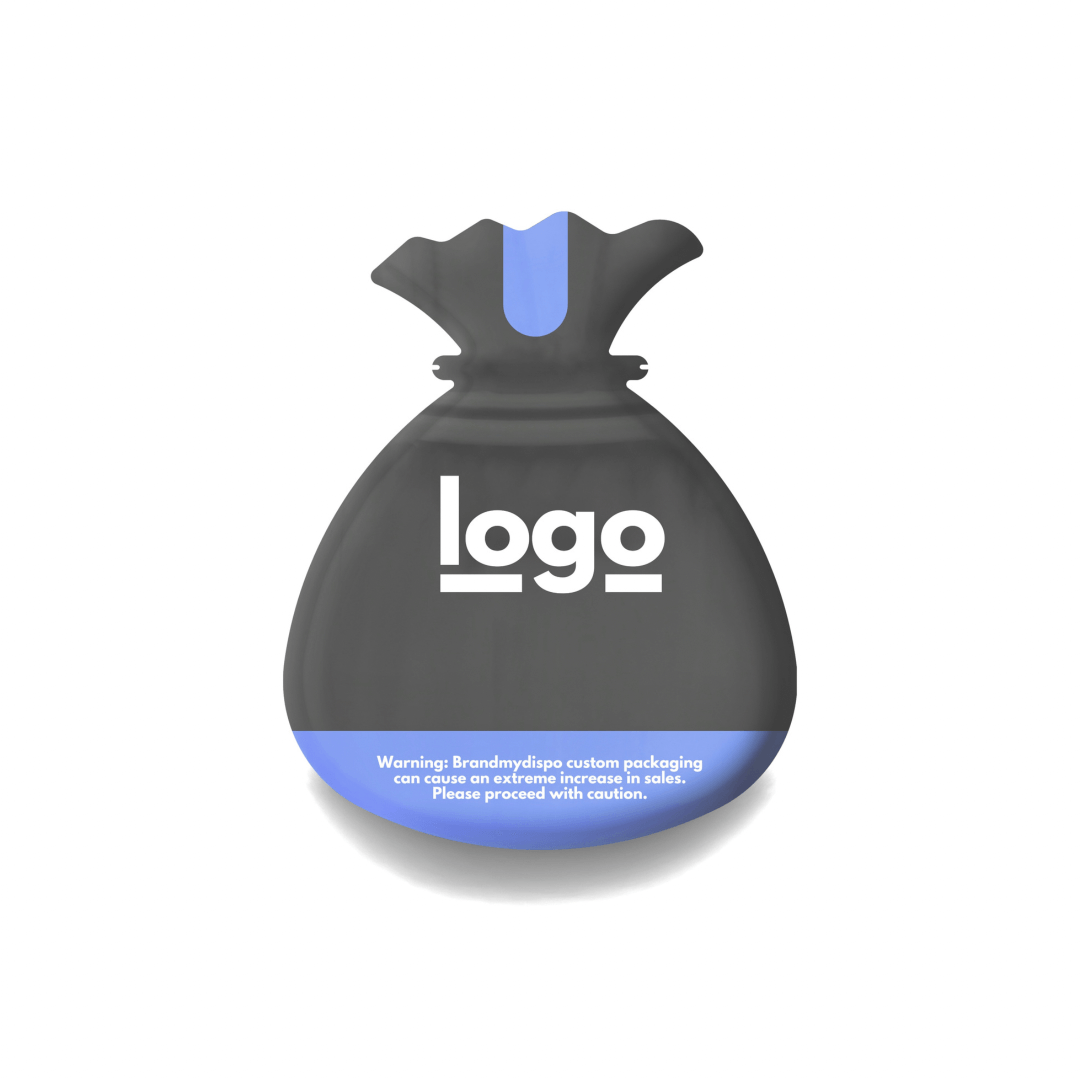

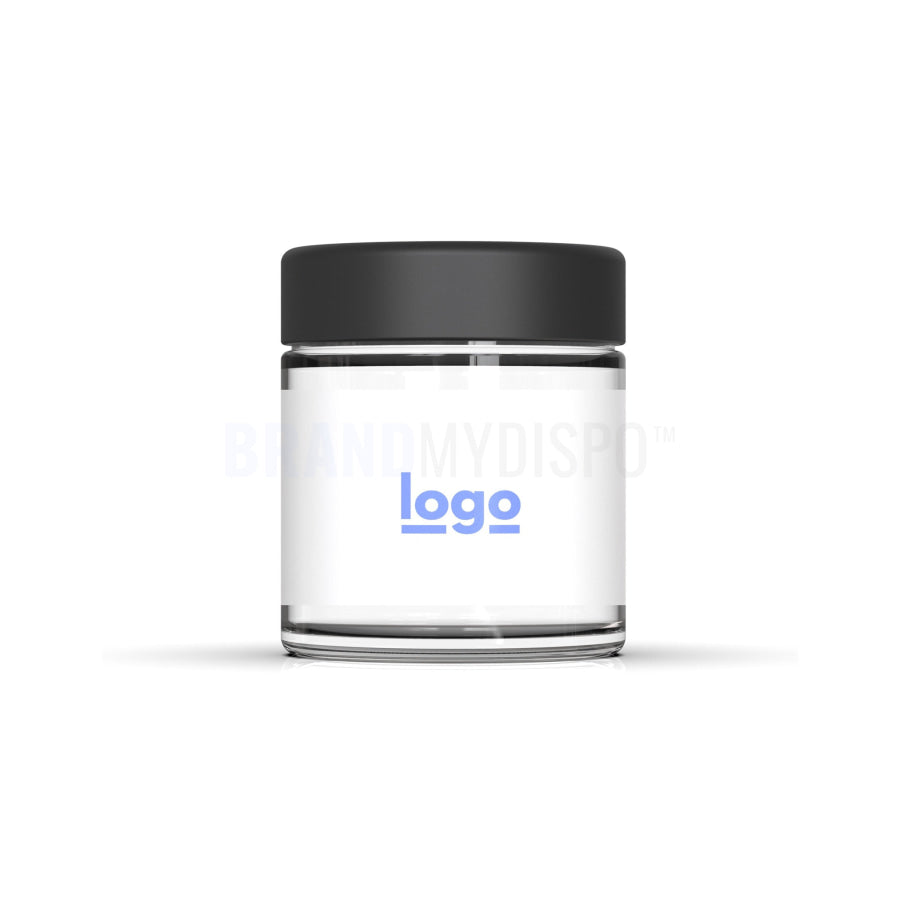
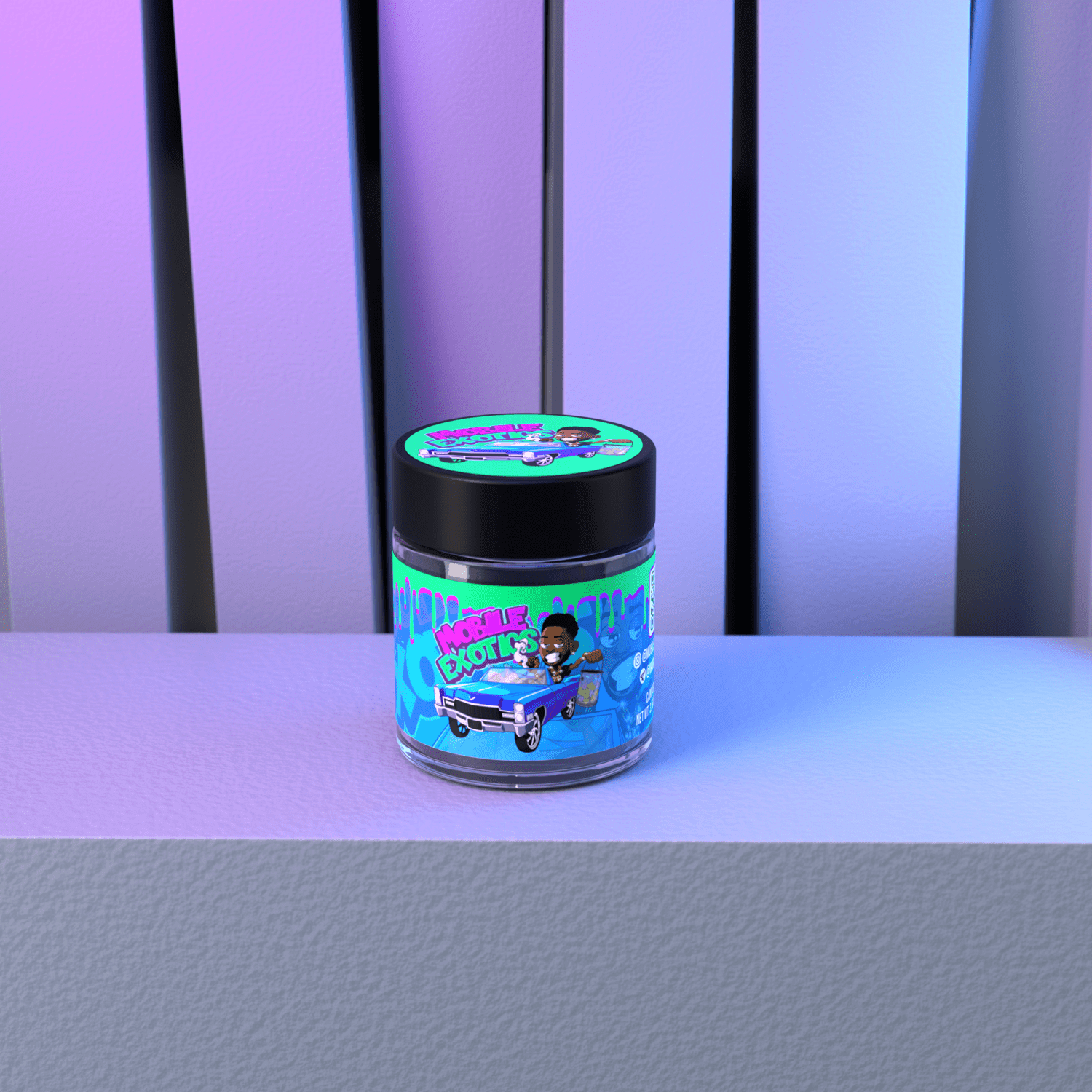
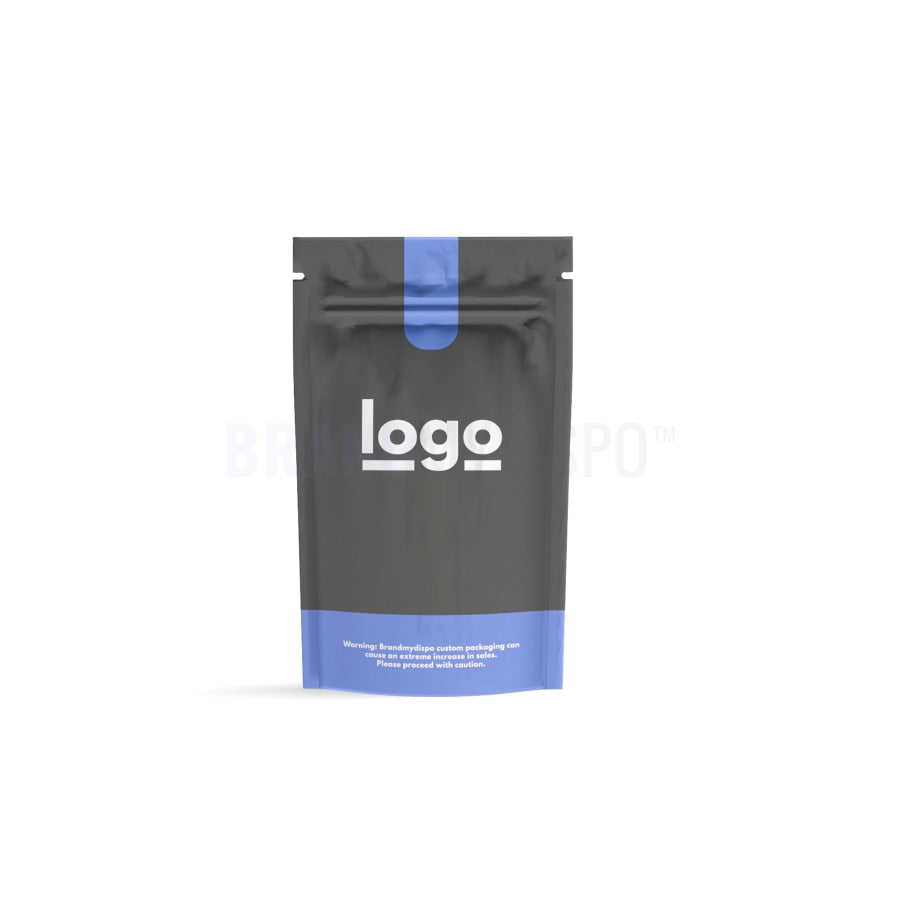
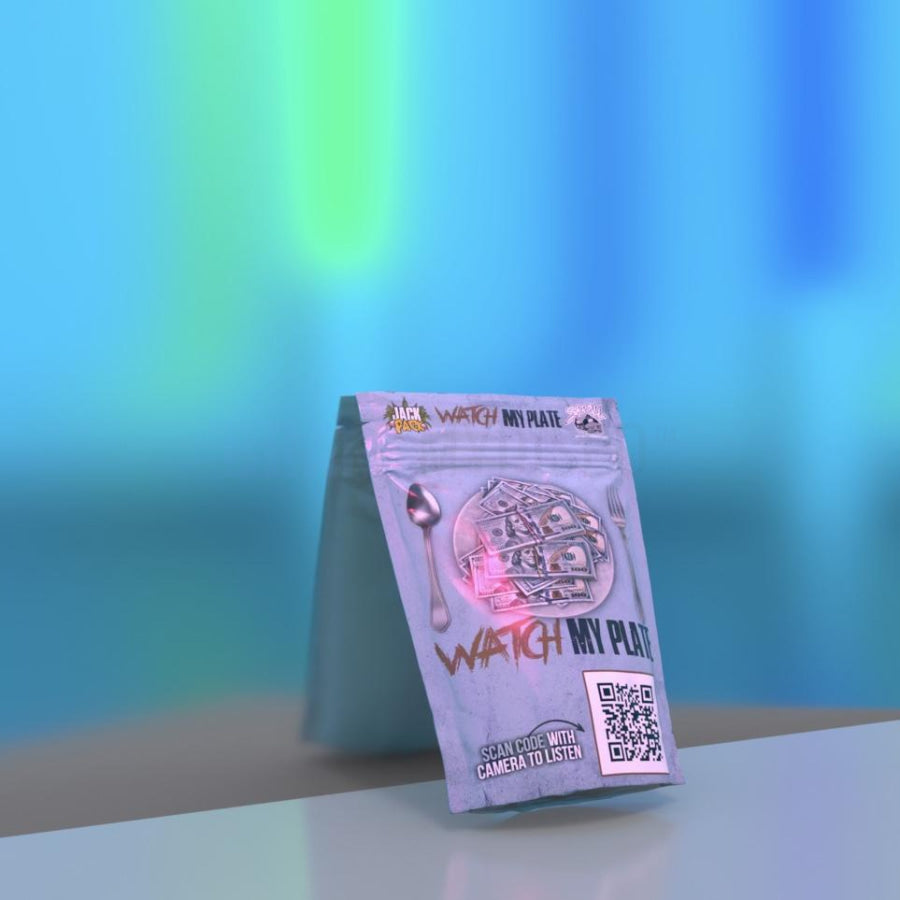
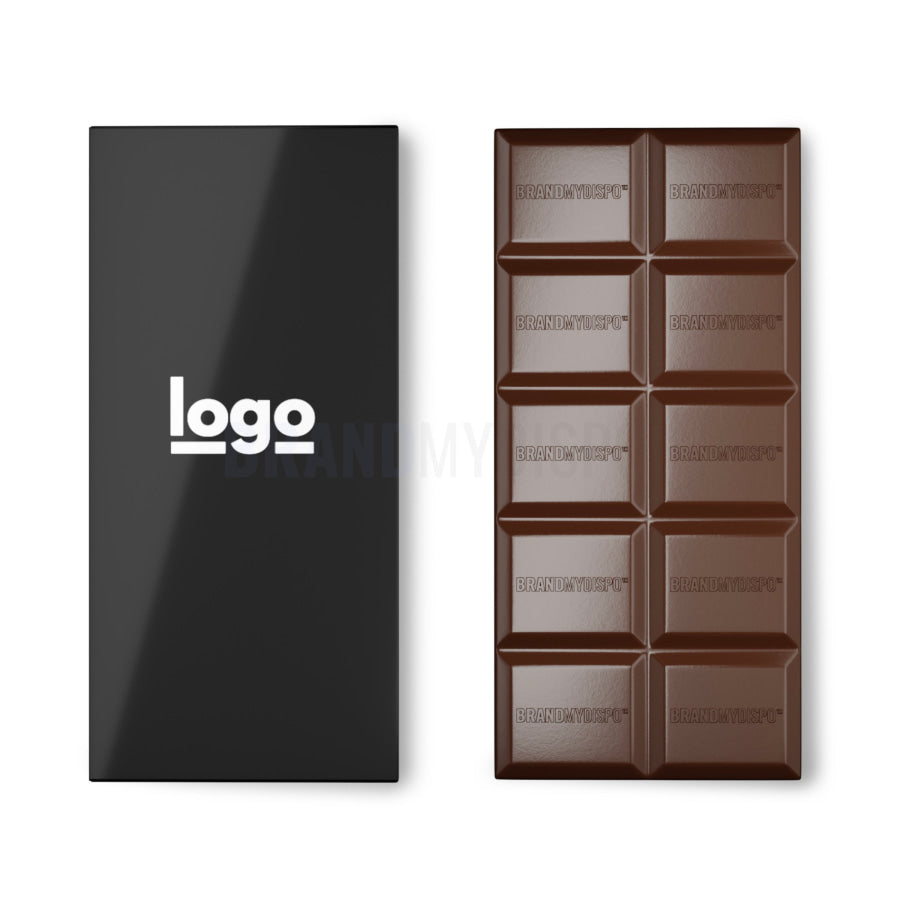
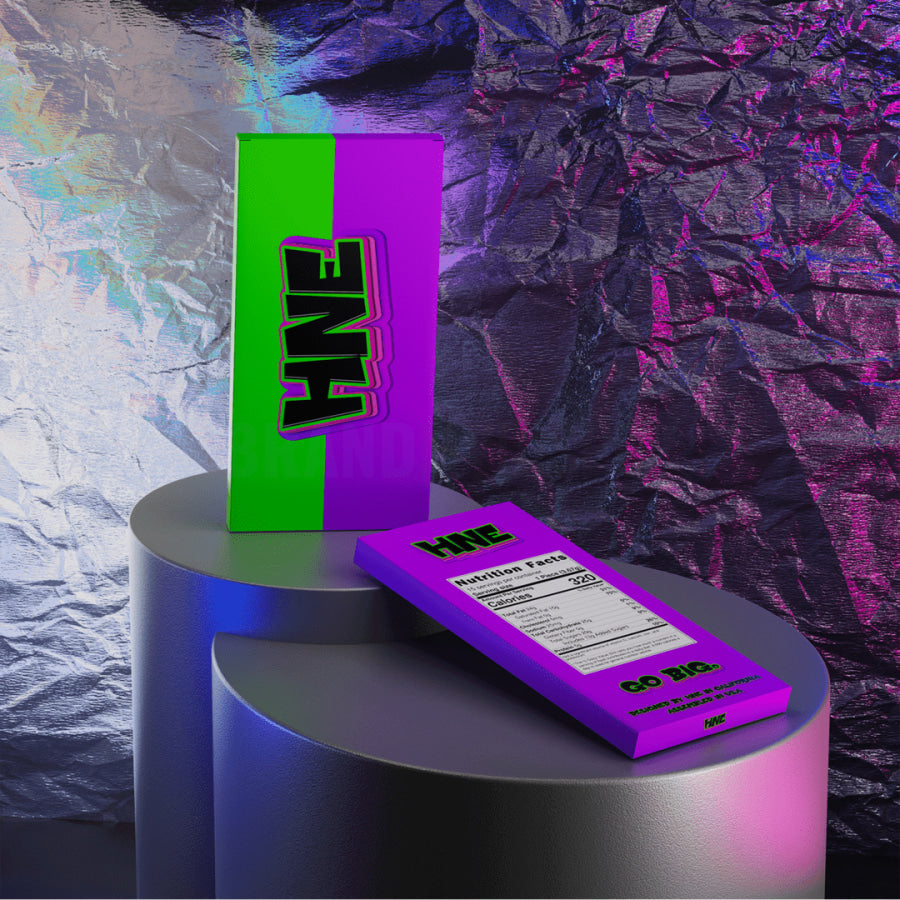

Deje un comentario